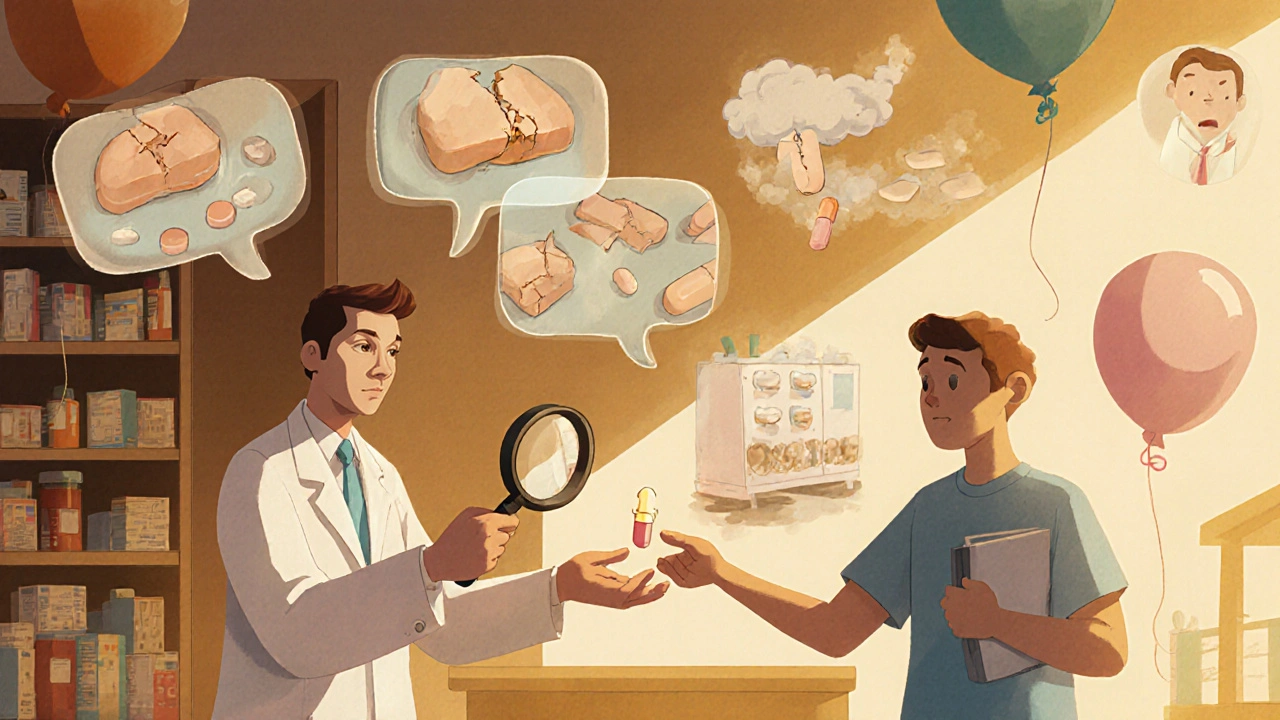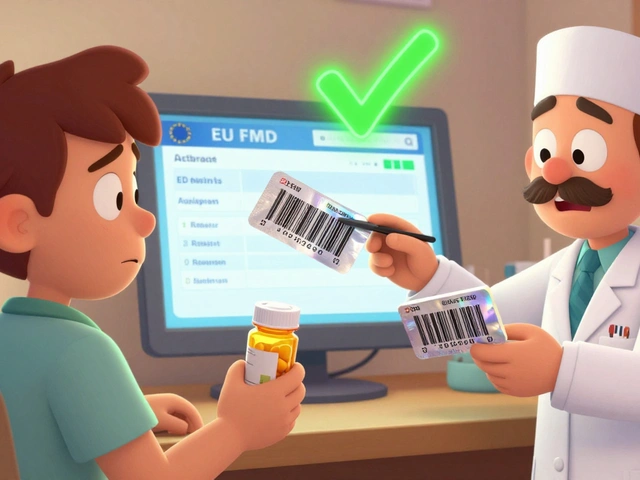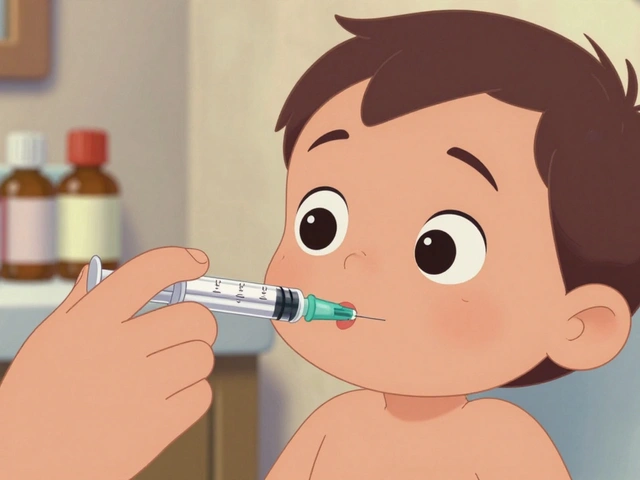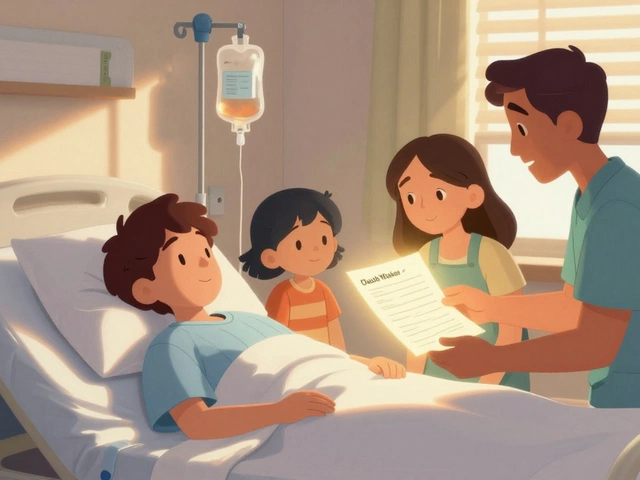When you pick up a generic pill at the pharmacy, you expect it to work just like the brand-name version. But how do you know it’s safe? The FDA doesn’t just approve generic drugs and walk away. It runs a quiet, complex, and constantly evolving safety net that tracks these drugs long after they hit the shelves. This isn’t about checking labels or inspecting factories once. It’s about watching what happens when millions of people start taking them every day.
Why Post-Approval Monitoring Matters
Generic drugs make up 90% of all prescriptions filled in the U.S. But they account for only about 23% of total drug spending. That’s because they’re cheaper-often a fraction of the brand-name price. The FDA approves them based on bioequivalence: proving they deliver the same active ingredient in the same amount and at the same rate as the original. No new clinical trials are required. That’s efficient. But it also means the real-world safety test happens after approval. This is where things get tricky. Two pills might have the same active ingredient, but different fillers, coatings, or manufacturing methods can change how they behave in your body. A tablet might not dissolve properly. A patch might fall off. An extended-release capsule might release all its medicine at once. These aren’t theoretical risks. They’re documented problems that have led to hospitalizations and even deaths.The System Behind the Scenes
The FDA’s Office of Generic Drugs (OGD) runs a dedicated team called the Clinical Safety Surveillance Staff (CSSS). This group of doctors, chemists, and data analysts doesn’t work in a lab. They work with data-millions of data points. Every year, they process around 1.2 million adverse event reports from doctors, pharmacists, and patients. These come through MedWatch, the FDA’s voluntary reporting system. But that’s just one stream. They also track about 45,000 to 60,000 quality complaints each year through the Drug Quality Reporting System (DQRS). These aren’t just complaints about side effects. They’re reports like: “The pills crumble in the bottle,” “The liquid turns cloudy,” or “The patch doesn’t stick.” These are often tied to specific manufacturers or even specific batches. A single bad lot can affect thousands of patients.How They Find the Problems
Finding a needle in a haystack is hard. The CSSS doesn’t just read reports. They use software to find patterns. Each complaint is entered into a custom SAS program that looks for clusters: Is one manufacturer getting 70% of the complaints for a drug when they only hold 30% of the market? That’s a red flag. Is there a spike in reports right after a new generic hits the shelves? That’s the “Weber Effect”-a known surge in reporting simply because people are paying attention. The system learns to ignore the noise and find the signal. They cross-reference this with sales data from IMS Smart and Symphony. If a drug is sold in 10 million doses but only 50 complaints come in, that’s normal. But if it’s sold in 10 million doses and 500 complaints come in, that’s a problem. They don’t just look at what’s reported-they look at what’s expected.
What They Look For
The FDA doesn’t just watch for side effects. They watch for failures. For example:- Tablets that don’t dissolve in the stomach (17% of quality complaints)
- Oral liquids that form precipitates (12%)
- Patches that fall off too soon (9%)
- Extended-release pills that release all their dose at once
The Hidden Gap: Therapeutic Inequivalence
Here’s the biggest challenge: the system is great at spotting manufacturing defects. But it’s not designed to catch subtle differences in how a drug works in your body. A generic might be bioequivalent on paper but still not work as well for you. Dr. Robert Temple, former FDA deputy director, admitted in a 2018 JAMA article that the system is “excellent for detecting quality defects but less sensitive to subtle efficacy differences.” This matters most for drugs with a narrow therapeutic index-like warfarin, levothyroxine, or lithium. A tiny change in absorption can mean the difference between being healthy and ending up in the hospital. In 2019, over 200 reports came in about levothyroxine generics causing thyroid levels to swing wildly. It took 18 months to investigate. Why? Because the FDA doesn’t require post-approval bioequivalence testing. They assume the original approval was enough. That’s a gap.Who Reports and What Happens Next
Sixty-eight percent of adverse event reports come from healthcare professionals. Pharmacists are the biggest group among them. But patients report too-and they’re often frustrated. Only 28% of people who report a problem through MedWatch feel they ever get a response. When a signal is confirmed, the CSSS recommends action. That could be a warning label update, a recall, or a request for the manufacturer to fix their process. About 85-90% of monthly meetings in the OGD’s safety committee are about generic drug issues. And 90% of signals are resolved through manufacturer corrections. That’s a high success rate. But not all problems are fixed quickly. Smaller manufacturers account for 68% of delayed responses. They don’t have the resources to respond fast. The FDA can’t force them to act immediately. They can only request, warn, and monitor.
What’s Changing Now
The system is evolving. In 2023, the FDA started using AI to filter out false alarms. Early results showed a 27% drop in false positives. That means analysts can focus on real threats. By late 2024, they plan to integrate pharmacy claims data in real time. That will let them see if patients are being prescribed more refills than usual-possibly because the drug isn’t working. In 2025, they plan to require post-approval bioequivalence studies for high-risk drugs. And in early 2025, they’ll launch a patient portal where you can directly report if your generic isn’t working like it used to. The funding is there too. The Generic Drug User Fee Amendments (GDUFA III) allocated $220.5 million for safety monitoring through 2027. That’s a big investment. But experts warn that as more complex generics-like inhalers, patches, and injectables-enter the market, the workload will grow. The Congressional Budget Office estimates the system can handle the load through 2030, but only if funding keeps pace.What You Can Do
You don’t need to be a scientist to help. If you notice your generic drug isn’t working the same way it did before-if you feel worse, get side effects you didn’t have before, or the pill looks different-report it. You can do it online through MedWatch. Don’t assume someone else already did. Your report could be the one that triggers an investigation. Also, talk to your pharmacist. They’re trained to spot formulation changes and know which generics have had issues. Ask if there’s a newer version of your drug. Ask if the manufacturer changed. You have a right to know.Bottom Line
The FDA doesn’t just approve generics and forget them. They watch them. They analyze them. They act on them. The system isn’t perfect. It’s slow on therapeutic issues. It’s under-resourced for the scale. But it’s the best we have. And it’s working. Millions of people take generics safely every day. The system catches the bad batches, the faulty patches, the crumbling tablets before they cause widespread harm. What’s changing now-AI, real-time data, patient reporting-means the future of generic drug safety is getting smarter. But it still needs you. Your experience matters. Your report matters. The system only works if people speak up.How does the FDA know if a generic drug is unsafe after it’s approved?
The FDA uses multiple data sources: over 1.2 million adverse event reports from patients and doctors each year, 45,000-60,000 quality complaints from manufacturers and pharmacies, prescription sales data, medical literature, and direct reports from healthcare providers. They use software to find patterns-like if one manufacturer’s version gets far more complaints than others, even if it’s not the most popular. This helps them spot problems early.
Are generic drugs less safe than brand-name drugs?
No, generic drugs are not inherently less safe. They must meet the same strict standards for quality, purity, and strength as brand-name drugs. The difference is in how safety is monitored. Brand-name drugs are tested in clinical trials before approval. Generics rely on post-approval surveillance to catch problems that only show up after millions of people use them. Most generics are safe. But the system is designed to catch the rare ones that aren’t.
Why do some people say their generic medicine doesn’t work like the brand?
Sometimes, it’s because of differences in inactive ingredients-fillers, coatings, or binders-that affect how fast the drug is absorbed. This matters most for drugs with a narrow therapeutic index, like thyroid medication or seizure drugs. The FDA doesn’t require post-approval testing to prove these generics work the same way in every person, so small differences can slip through. That’s why reports of therapeutic inequivalence are growing, and why new rules are coming in 2025.
What should I do if I think my generic drug is causing problems?
First, talk to your doctor or pharmacist. Don’t stop taking your medicine without advice. Then, report it to the FDA through MedWatch online. Include details: the drug name, manufacturer, lot number (if available), what symptoms you experienced, and when they started. Even if you think it’s a small issue, your report could help others. About 68% of reports come from healthcare pros-but patients are the first to notice changes.
Can the FDA recall a generic drug?
Yes. If the FDA finds a serious safety issue-like a batch that’s contaminated, ineffective, or causes unexpected side effects-they can request a recall. The manufacturer usually complies. In rare cases, the FDA can order a recall. Between 2018 and 2022, over 120 Health Hazard Evaluations led to recalls or label changes. Most recalls are voluntary and targeted to specific lots, not entire products.
Is the FDA planning to improve generic drug monitoring?
Yes. In 2023, they started using AI to reduce false alarms by 27%. By late 2024, they’ll connect to real-time pharmacy claims data to spot usage patterns. In 2025, they plan to require post-approval bioequivalence testing for high-risk drugs. And they’re launching a patient portal so you can report issues directly. These changes aim to catch problems faster, especially for complex generics like patches and inhalers.







This system is a goddamn miracle, and people still act like generics are some kind of scam? The FDA’s got AI sifting through millions of reports, catching crumbling pills and patches that fall off before you even get to work-while you’re out here complaining about a $3 co-pay. If your thyroid meds suddenly feel like they’re made of air, it’s not the FDA’s fault-it’s your pharmacist’s lazy switch to the cheapest batch. Report it. Or shut up.
I appreciate how thorough this breakdown is. I’ve been on levothyroxine for 12 years, and I’ve had two different generics that felt completely different-even though the label said the same thing. It’s scary how little we’re told about the fillers. I started asking my pharmacist for the manufacturer name every time, and now I stick with the one that works. Small thing, but it saved me from a lot of fatigue and panic.
ok so i took my generic metformin and it felt like i swallowed a rock that turned into a firework in my stomach?? like… why?? i reported it on medwatch but no one ever writes back. i’m not crazy. the pills look different now. they’re kinda chalky. i think my body knows. i just want someone to listen.
Just to clarify: the 1.2 million adverse event reports? That’s not 1.2 million confirmed cases-it’s 1.2 million *reports*, many of which are duplicates, misattributed, or unrelated. The CSSS filters aggressively. The real signal is in the clusters-like when one manufacturer’s version of a drug gets 70% of complaints despite only having 30% market share. That’s the red flag. And yes, they’re using SAS and AI to do it. This isn’t guesswork. It’s data science.
I’ve worked in pharmacy for 18 years. I’ve seen the batches change. I’ve seen patients panic because the pill color changed. Most of the time, it’s harmless. But every once in a while, a new generic comes in and the whole floor gets a wave of calls. The FDA doesn’t always move fast-but they *do* move. And when they do, it’s because someone like you or me called it in. Don’t underestimate your report.
From India where generics save lives daily-we respect this system. In my country, many patients rely on Indian-made generics that meet FDA standards. The challenge is not just the FDA but global supply chains. We need more transparency in manufacturing origin. Your patient portal in 2025? Brilliant. Let patients speak. We are not just consumers-we are the living data.
The real story here isn’t the FDA’s surveillance-it’s the pharmaceutical industry’s race to the bottom. The same company that makes your brand-name drug often makes the generic too, just under a different label. The difference isn’t quality-it’s marketing. But when the fillers change, the bioavailability shifts. It’s not conspiracy. It’s chemistry. And the FDA is the only thing standing between that chemistry and your health.
Wait-so you’re telling me the FDA doesn’t require post-approval bioequivalence testing for drugs like levothyroxine… but they’ll let you die slowly from under-dosing because your generic ‘technically’ met the 80-125% range? That’s not a safety net-that’s a net with holes the size of your thyroid gland. And now they’re adding AI to filter out complaints? Are they trying to make the system *less* sensitive? This isn’t progress-it’s institutional gaslighting.
I swear to god, if I get one more generic pill that tastes like burnt plastic and makes me feel like I’ve been hit by a bus for three days, I’m going to start a TikTok series called ‘Generic Drug Horror Stories.’ Last week, I took a batch that looked like chalk dust and had to go to the ER because my heart was doing the cha-cha. The pharmacist said, ‘It’s the same thing.’ NO. IT’S NOT. The FDA needs to start making manufacturers put a QR code on the bottle that links to the batch’s bioequivalence history. Or I’m going to start a petition. And I mean it. I’ve got 17,000 followers.